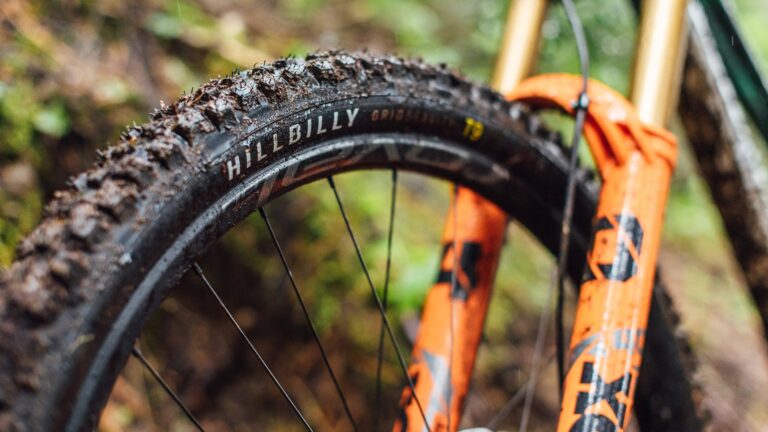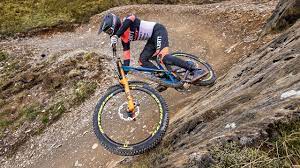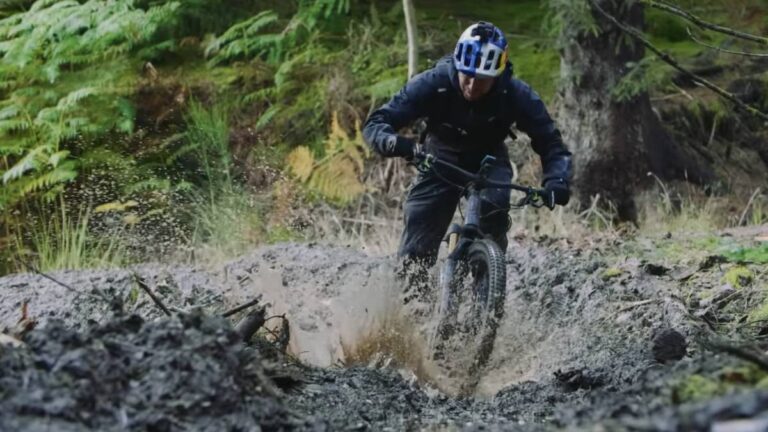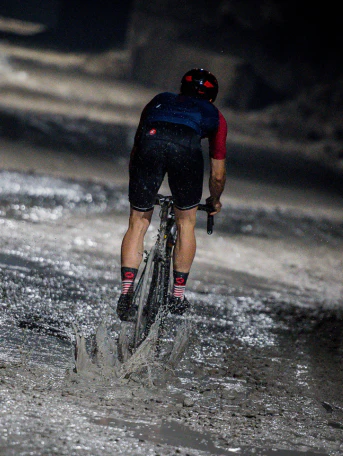Mastering Tread Patterns for Enduro Biking

Key Point Summary of Tread Patterns for Enduro Biking:
- Tread patterns on enduro bike tires play a crucial role in determining grip and trail handling.
- Understanding the variety of tread patterns and their specific uses can significantly improve your biking experience.
- This guide explores different tread patterns, their impact on trail performance, and how to choose the right one for your enduro adventures.
Hey there, cycling enthusiasts! Having spent years navigating various biking disciplines, I’ve gained valuable insights, particularly in enduro biking. One aspect I’ve found particularly fascinating is the role of tread patterns in enduro bike tires. Let’s delve into this topic and discover how the right tread can transform your ride.
The Role of Tread Patterns in Enduro Biking
Enduro biking often involves tackling diverse terrains, from steep descents to technical climbs. The tread pattern on your tires is what connects you to the trail, playing a pivotal role in your bike’s grip and handling.
Types of Tread Patterns
Aggressive Treads: These feature large, prominent knobs spaced further apart. They’re designed to dig into loose, muddy, or soft terrain, offering excellent traction in challenging conditions. I’ve found these indispensable on slippery or uneven trails.
Low-Profile Treads: Best suited for hard-packed or dry conditions, these treads have smaller, closely spaced knobs. They reduce rolling resistance, enhancing speed and efficiency on smoother trails.
Mixed-Condition Treads: A hybrid of aggressive and low-profile designs, these treads are versatile for varying conditions. They strike a balance between grip in loose conditions and efficiency on hardpack.
Choosing the Right Tread Pattern
The choice of tread pattern should be influenced by the typical conditions of the trails you ride. For constantly changing terrains, a mixed-condition tread offers adaptability. In consistently muddy or loose conditions, an aggressive tread is preferable.
The Impact of Tread on Handling and Performance
Tread patterns directly affect your bike’s handling. Aggressive treads offer confidence on technical descents but can feel slower on climbs or flat sections. Low-profile treads, while fast and efficient, might lack grip in wet or loose conditions.
The Influence of Weather on Tread Choice
Adding a section on how different weather conditions affect tread pattern choice can be insightful. For instance, wet and muddy conditions generally require more aggressive treads for better grip, whereas dry and dusty conditions might favor low-profile treads for faster riding.
Understanding Rubber Compounds
Discussing the significance of the rubber compound used in enduro tires can add depth. Different compounds offer varying levels of grip, durability, and rolling resistance, which are crucial in enduro riding. I’ve noticed how a softer compound enhances grip in wet conditions but may wear out faster.
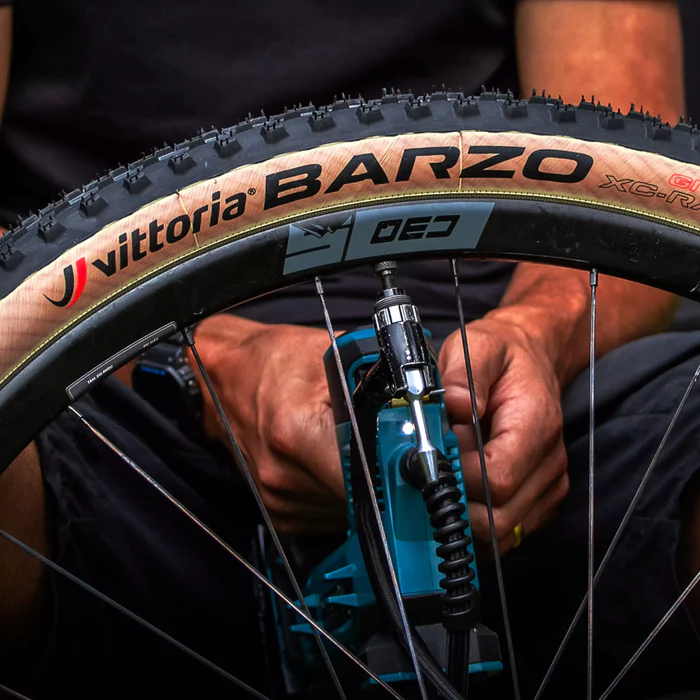
Importance of Tire Pressure
Including information about tire pressure in relation to tread patterns can be beneficial. The right pressure can maximize the performance of the tread pattern, improving grip and handling. I’ve experimented with pressures to find the sweet spot where the tires perform best according to the tread pattern and terrain.
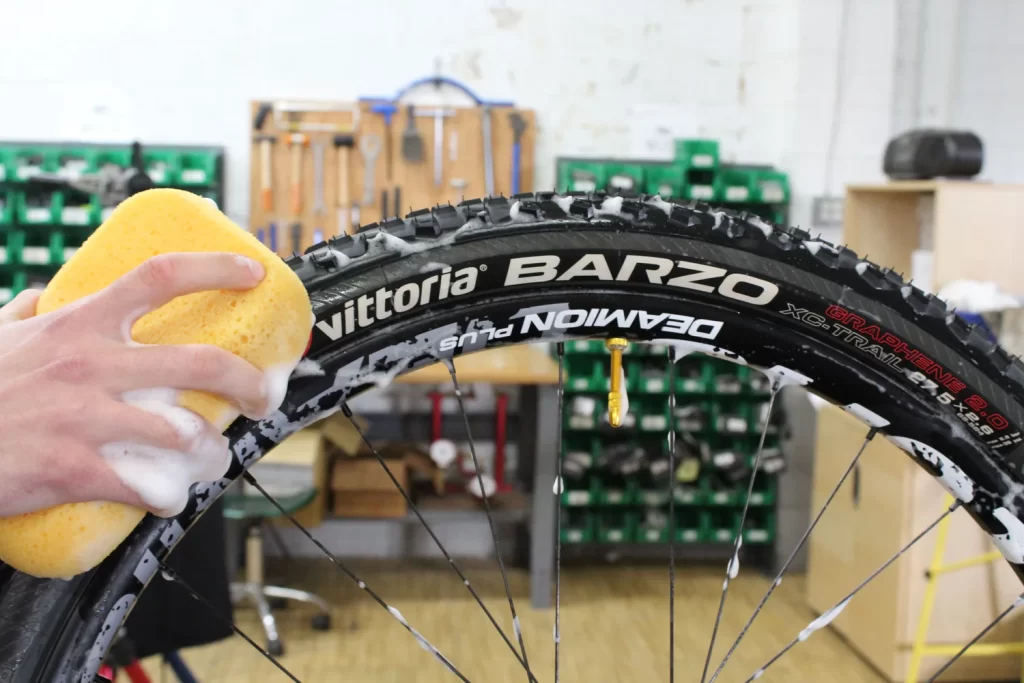
Maintenance and Care of Tires
Offering tips on maintaining and caring for enduro tires, especially considering their tread patterns, can be valuable. Regular checks for wear and tear, proper cleaning, and storage practices can extend the life of the tires.
Advanced Tread Technologies
Discussing recent advancements in tread technology, such as multi-compound treads or specific tread designs for front and rear tires, can provide readers with up-to-date information on the latest in tire technology.
Tips for Selecting Tread Patterns
When selecting a tread pattern, consider not only the terrain but also your riding style. Do you prefer speed and efficiency, or is grip and stability your priority? Also, be mindful of the trade-offs: aggressive treads may offer more grip but can increase rolling resistance, affecting your bike’s speed and handling on smoother sections.
Based on the discussion about tread patterns and their importance in enduro biking, here are some of the best enduro bike tires known for their effective tread patterns:
- Maxxis Assegai: Designed with input from professional riders, it offers an aggressive tread pattern for unmatched grip in various conditions.
- Vittoria Martello: Features a unique tread design that balances rolling efficiency with deep off-road traction, suitable for a range of enduro conditions.
- Specialized Butcher GRID: Known for its excellent all-around performance with an aggressive tread pattern that provides grip in both wet and dry conditions.
- Kenda Hellkat Pro: Offers a balanced tread design for both hardpack and loose conditions, with a focus on durability and puncture resistance.
- Hutchinson Griffus Racing Lab: Designed for speed and efficiency, with a tread pattern that excels in dry, rocky terrain while still providing sufficient grip in softer conditions.
These tires are selected for their proven performance in enduro riding, offering a combination of grip, durability, and adaptability to various terrains.
Final Thoughts
In enduro biking, choosing the right tread pattern can make a significant difference in your ride. It’s about finding the perfect balance between grip, trail handling, and efficiency. Whether it’s tackling steep, technical descents or cruising on flowy singletracks, understanding tread patterns is key to enhancing your enduro biking experience.
John
FAQ
What is the tread pattern on a mountain bike?
The tread pattern on a mountain bike tire typically consists of raised knobs (or lugs) arranged in various patterns to provide grip and traction on off-road terrain. The specific design varies based on the tire’s intended use, such as aggressive, widely spaced knobs for muddy conditions, or smaller, closer knobs for hard-packed trails.
Which TYRE tread pattern is best for bike?
The best tire tread pattern for a bike depends on the riding terrain: knobby treads for off-road or mountain biking, smoother treads for road biking, and intermediate, versatile patterns for hybrid or gravel biking.
What is the tread pattern of a tire?
The tread pattern of a tire refers to the arrangement of grooves, blocks, and channels on the tire’s surface, designed to provide grip, traction, and stability on various surfaces and in different weather conditions.
What tire width for enduro?
For enduro biking, a tire width typically between 2.3 to 2.6 inches is ideal, providing a good balance of traction, stability, and control on diverse and challenging terrains.

